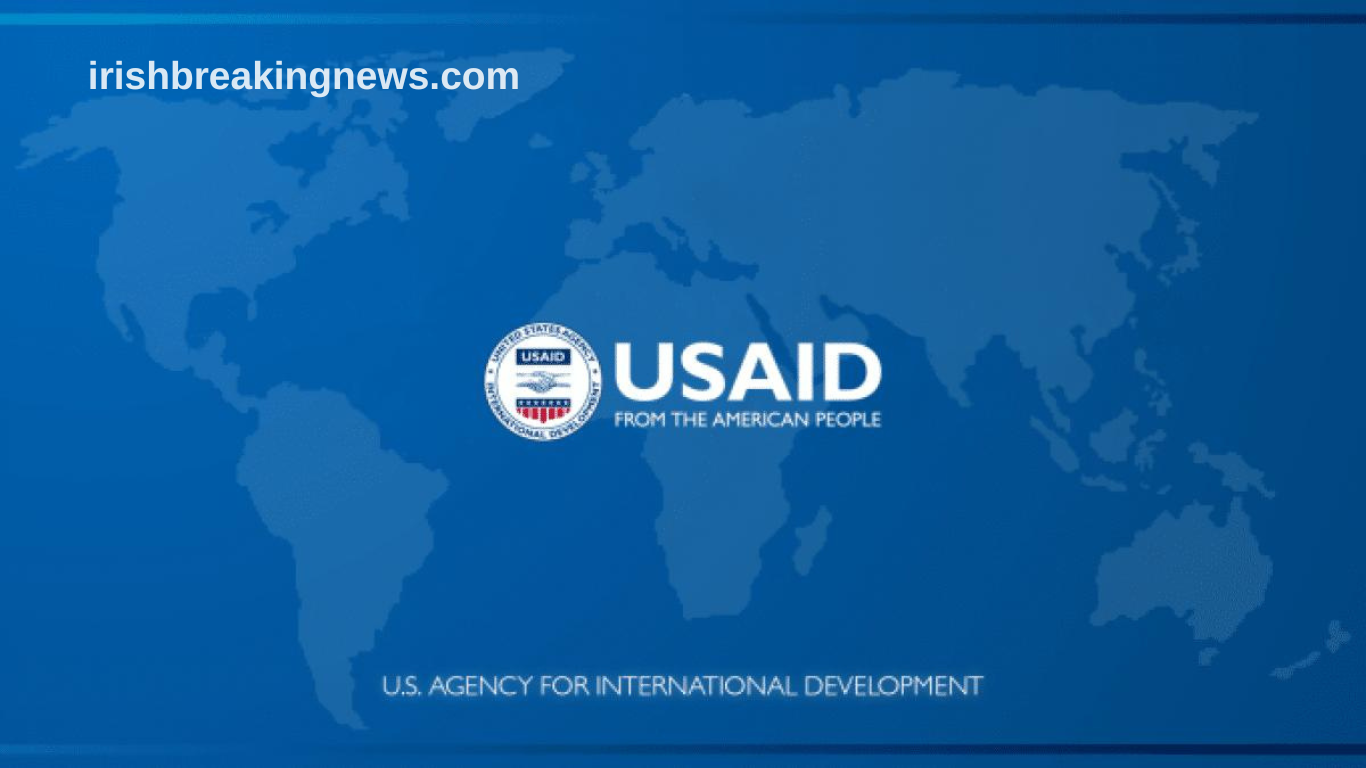In a major stride towards global educational development, the United States Agency for International Development (USAID) has announced a new $20 million education project. This ambitious initiative aims to empower communities through improved access to learning, with a strong focus on digital skills and teacher training.
Education remains one of the key pillars of sustainable development. Recognizing this, USAID’s new project is set to make significant contributions to learning outcomes in underserved regions. By focusing on both infrastructure and curriculum modernization, the agency plans to uplift entire communities through knowledge and innovation.
The project will primarily target vulnerable groups, including children in rural areas, young women, and people with limited access to digital learning resources. Through strategic partnerships, USAID intends to create a more inclusive, skill-oriented, and resilient educational system.
Strengthening Educational Foundations in Underserved Areas
USAID’s initiative is expected to address systemic challenges that hinder learning in many developing countries. One of the core goals is to bridge the education gap between urban and rural communities. Many students in remote areas face barriers like lack of infrastructure, shortage of trained educators, and limited access to digital resources.
The project will involve upgrading school facilities, providing internet connectivity, and supplying modern learning materials. Additionally, special attention will be given to students with disabilities, ensuring learning environments are fully inclusive and adaptive to diverse needs.
Empowering Teachers Through Training and Development
One of the most impactful elements of this education project is the investment in teacher training programs. Educators play a pivotal role in shaping future generations, and this initiative aims to equip them with modern teaching methodologies, digital tools, and subject-specific training.
Read More : Education emergency that never ends
Workshops, certifications, and mentoring will be provided in collaboration with global education experts. These efforts will enhance teacher confidence and classroom effectiveness, leading to higher student performance and improved learning experiences overall.
Expanding Access to Digital and Remote Learning Tools
With the rise of digital education, especially during and after the pandemic, the importance of accessible online learning platforms has grown immensely. USAID’s project places strong emphasis on building digital literacy among students and educators alike.
This component includes the distribution of devices, development of e-learning platforms, and provision of data support for low-income families. The digital shift not only improves learning flexibility but also ensures that students remain connected to quality education regardless of geographic or financial limitations.
Focusing on Girls’ Education and Gender Inclusion
The project is structured to promote educational equality, especially for girls and young women. In many regions, cultural and economic barriers prevent girls from attending or completing school. USAID is committed to creating safe, inclusive spaces that encourage girls to pursue education confidently.
Scholarships, mentorship programs, and awareness campaigns will be introduced to combat gender-based educational disparities. Female educators will also be empowered through leadership training, creating strong role models within their communities.
Encouraging Community Participation and Local Leadership
To ensure the long-term success of the project, USAID will actively engage local communities in its planning and implementation. Schools, parents, teachers, and local authorities will collaborate to design solutions that reflect regional needs and cultural values.
Community-driven development ensures greater accountability, sustainability, and alignment with local goals. By building trust and transparency, the initiative aims to foster stronger support for education at every level.
Integrating Life Skills and Career Preparation into Curriculum
Beyond academics, the project will promote the inclusion of life skills, critical thinking, and vocational training in school curricula. Preparing students for real-world challenges is an essential aspect of modern education.
Through skill-building workshops, entrepreneurship programs, and practical learning modules, students will be better equipped to transition into the workforce or higher education. This holistic approach supports both individual empowerment and national development.
Monitoring Progress and Adapting to Community Needs
Regular assessment and feedback mechanisms are key features of this initiative. USAID will utilize data analytics, field evaluations, and stakeholder consultations to monitor progress and make necessary adjustments throughout the project’s lifecycle.
This adaptive approach ensures that challenges are addressed promptly, and that successes are scaled efficiently across different regions. Transparent reporting and measurable results will also keep the public informed and involved in the project’s evolution.
Frequently Asked Questions
What is the goal of USAID’s $20M education project?
The project aims to improve access to quality education, digital tools, and teacher training in underserved communities.
Who will benefit from this initiative?
Primary beneficiaries include rural students, young women, students with disabilities, and under-resourced schools.
How will USAID support teacher development?
The project includes training workshops, certifications, and digital tools to enhance teaching methods and classroom impact.
Will this project include digital learning components?
Yes, the initiative focuses on digital platforms, devices, and connectivity to expand access to remote learning.
How is the project promoting girls’ education?
USAID will provide scholarships, mentorships, and awareness campaigns to empower girls and encourage school attendance.
Are local communities involved in the project?
Yes, community participation is essential. Local leaders, parents, and educators will help guide project implementation.
What kind of life skills will be included in the curriculum?
The curriculum will integrate problem-solving, financial literacy, vocational training, and entrepreneurship programs.
How will USAID track the project’s progress?
Progress will be monitored through evaluations, data analysis, and regular feedback from community stakeholders.
Conclusion
USAID’s $20 million education project represents a transformative effort to reshape learning ecosystems in underserved areas. Through modern infrastructure, inclusive policies, digital tools, and community-driven strategies, the initiative sets the stage for a brighter, more equitable educational future.

